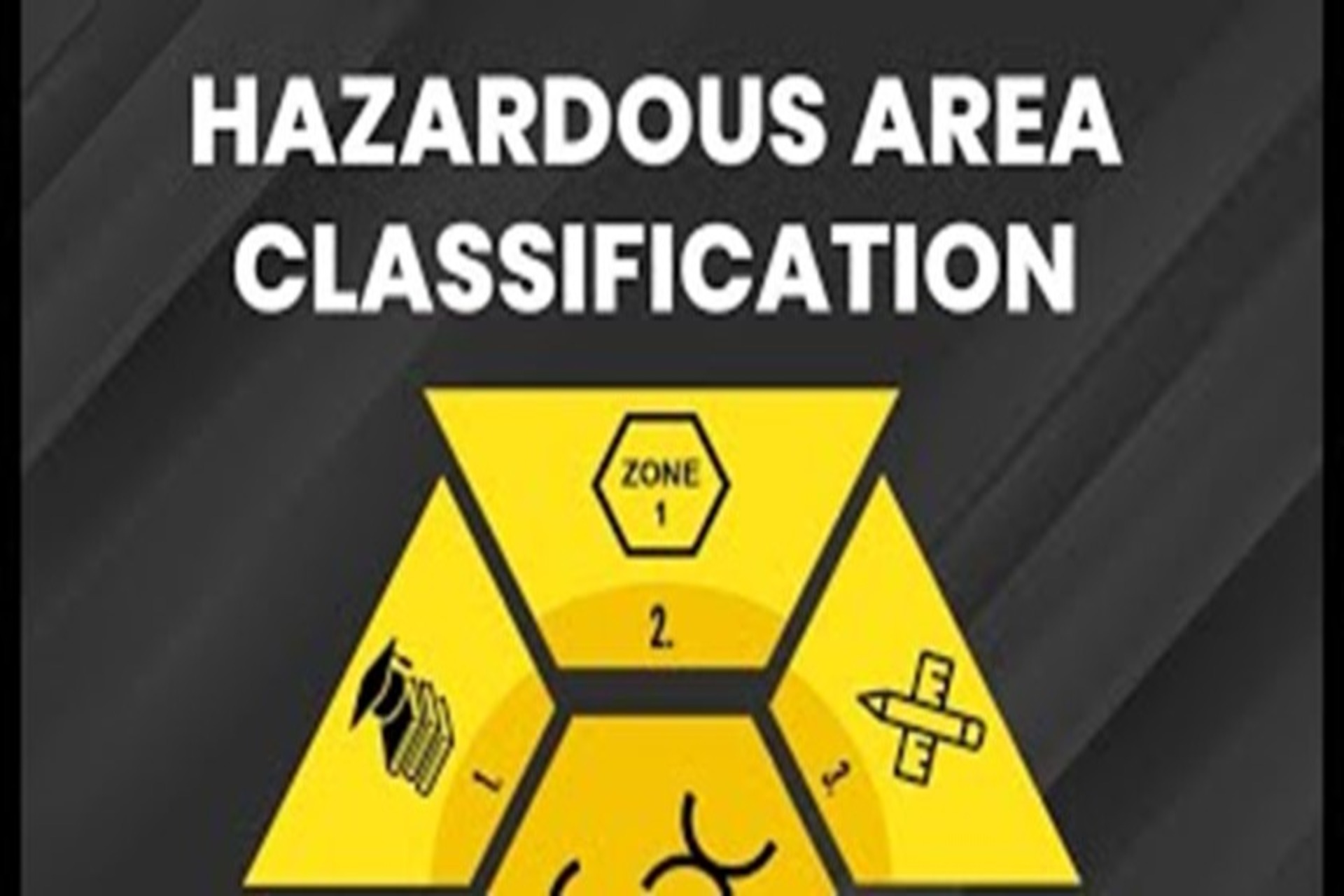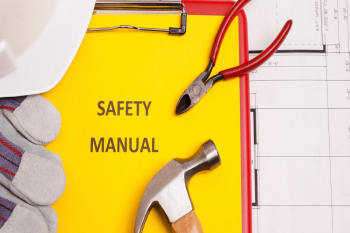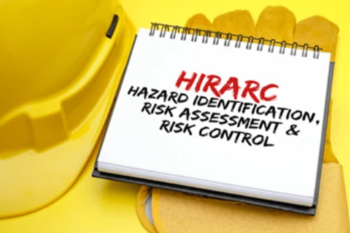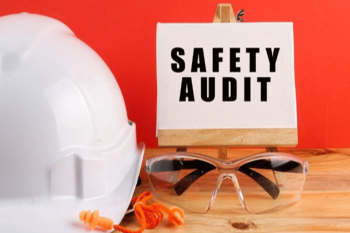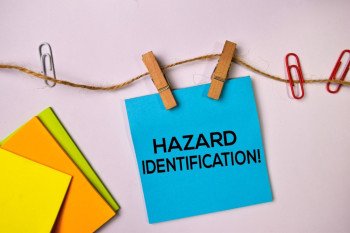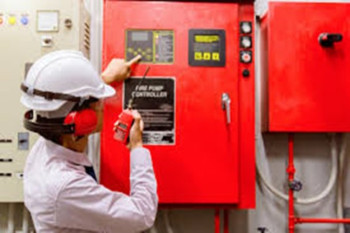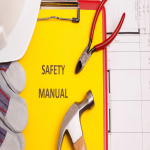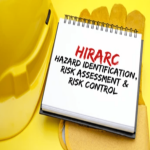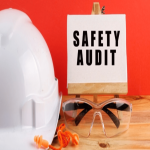FAQ-HAZARDOUS AREA CLASSIFICATION (HAC) STUDY-IS
1. What is the Objective of HAC?
The purpose of the Hazardous Area Classification study is to determine the extent of the hazardous areas around equipment handling or storing flammable fluids, combustible fluids and combustible dusts, both liquid and vapors in terms of Zone 0, Zone 1, Zone 2 and Division 1 and Division 2
The aim of hazardous area classification is to avoid ignition of those releases that may occur from time to time in the operation of facilities handling flammable liquids and vapors. The approach is to reduce to an acceptable minimum level the probability of coincidence of a flammable atmosphere and an electrical or other source of ignition occurring. In Hazardous Area Classification the extent of the hazardous areas around equipment handling or storing flammable fluids, both liquid and vapors is determined in terms of Zone 0, Zone 1, and Zone 2. The hazardous area classification around the equipment handling flammable/explosive dust is determined in terms of Division 1, Division 2.
2. What is the Scope of HAC?
The Hazardous area classification is carried out as per:
Classification of the Hazardous area for explosive dust is carried out as per IS 61241
Classification of the Hazardous area for flammable liquids/ gases/ vapors is carried out by IS 5572
3. What reference is commonly used for HAC Study?
IS 61241
IS-5572
4. What is the order of precedence for HAC Study?
IS 61241 / IS-5572
As per Client Guidelines
Other international standards
5. What is the methodology for HAC Study?
Data collection
MSDS Sheet Preparation
Process step and Representative Chemical sheet preparation
Client Approval for HAC Schedule preparation
HAC Schedule
Draft Report
Client Approval for HAC marking
HAC marking
Comments incorporation along with CRS (Comment Resolution Sheet)
Final Report
6. Different Types of Grade of Release?
Continuous Grade release (C): A release that is continuous or nearly so, or that occurs frequently and for short periods.
Primary Grade release (P): A release that is likely to occur periodically or occasionally in normal operation, that is, a release which, in operative procedures, is anticipated to occur.
Secondary grade release (S): A release that is unlikely to occur in normal operation and, in any event, will do so only infrequently and for short periods, that is, a release which, in operating procedures, is not anticipated to occur.
7. Different Types of Class of the Fluid?
Flammable Liquids vary in volatility and have a flash point below 930C and a Vapor Pressure not exceeding 2.81 kg/cm2 at 37.80C. These are divided into three classes, as follows,
Class A : Flammable liquids having flash point below 23° C
Class B : Flammable liquids having flash point 23° C and above but below 65°C
Class C : Flammable liquids having flash point 65° C and above but below 93°C
8. Area Classification (As per IS 5572)?
Hazardous areas are subdivided into zones. Based on the likelihood of occurrence and duration of a flammable atmosphere Areas are classified into Zone 0, Zone 1, Zone 2 and Non-hazardous Zone.
Zone 0 Areas: An area in which an explosive gas atmosphere is present continuously or is present for long periods. Examples are vapor space above closed process vessels, storage tanks or closed containers, areas containing open tanks of volatile, flammable liquid.
Zone 1 Areas: An area in which an explosive gas atmosphere is likely to occur in normal operation
Zone 2 Areas: An area in which an explosive gas atmosphere is not likely to occur in normal operation and if it does occur it will exist for a short period only
9. Area Classification (As per IS 61241)?
Based on the likelihood of the formation of potentially explosive dust/air mixtures, the area scan be designated according to Table 1
Table 1 Explosive dust area classification as per IS 61241
Zone 20: A place in which an explosive atmosphere, in the form of a cloud of combustible dust in air, is present continuously, or for long periods or frequently for short periods
Zone 21: A place in which an explosive atmosphere, in the form of a cloud of combustible dust in air, is likely to occur occasionally in normal operation.
Zone 22: A place in which an explosive atmosphere, in the form of a cloud of combustible dust in air, is not likely to occur in normal operation but, if it does occur, will persist for a short period only.
10. What is the steps for HAC Study?
Methodology for Flammable liquid, vapors and Combustible Dusts
The procedure of HAC involves following steps:
Review Process Flow diagram
Prepare separate table for liquid and solid chemical along With flammable/combustible Properties
Classification of material as per NFPA-497
Selecting the Appropriate Classification Diagram
Determine the Zone classification
Determine Extent of the Classified Location
Review and recommendation
To enable selection of electrical equipment appropriate to the zone classification, the apparatus sub group and temperature class is then determined based on the flammable substances that can be release.
Methodology for Combustible solids
The procedure of HAC involves following steps:
Need For Classification
Facility information & history
Classification of material as per NFPA-499
Selecting the Appropriate Classification Diagram
Determine the Zone classification
Determine Extent of the Classified Location
Review and recommendation
To enable selection of electrical equipment appropriate to the zone classification, the apparatus sub group and temperature class is then determined based on the flammable substances that can be release.
11. What are the documents required for the HAC Study?
Scope of work
Approved P&IDs
List of Chemicals
Process design basis
Hazardous inventories and their SDS
Process description
MSDS or Chemical properties of RM & FG
Equipment Design and Operating Condition /MOC
Equipment’s & Details
Layout & plot plan
12. What are documents deliverables for HAC Study?
Executive Summary
Document Review
·Submission of terms of reference
HAC Methodology
HAC Schedule
HAC Marked Layout
Comments Resolution sheets
Reference
List of tables
List of appendix
13. Which software will be used for the HAC study?
AutoCAD
14. Different guidelines for HAC study?
IEC 60079-10-1 Explosive atmospheres Part 10-1: Classification of areas - Explosive gas atmospheres
IEC 60079-10-2 Explosive atmospheres Part 10-2: Classification of areas – Explosive dust atmospheres
Draft Version of EI15 Edition 4– Model Code of Safe Practice - Area Classification Code for Installations Handling Flammable Fluids. Energy Institute 2015. 3.
EI15 Edition 3– Model Code of Safe Practice - Area Classification Code for Installations Handling Flammable Fluids. Energy Institute 2005.
NFPA-497 Classification of Flammable Liquids, Gases, or Vapors and of Hazardous(Classified) Locations for Electrical Installations in Chemical Process Areas.
NFPA–499 (Classification of Combustible Dusts and of Hazardous (Classified) Locations for Electrical Installations in Chemical Process Areas)
15. Grahical representation of Different Zones of HAC?
16. What is the Comment Resolution Sheet Format?
DISCLAIMER
This Blog is provided solely for informational and educational purposes. It is advisable to verify all information presented and consult with appropriate experts or professionals before making any decisions or implementing any strategies based on the content of this blog. HSE Risk Management Services Pvt. Ltd. accept no liability for any actions taken or not taken based on the information provided herein.
